Long before humans built cities or even stood upright, certain plants were already thriving—and they still are.
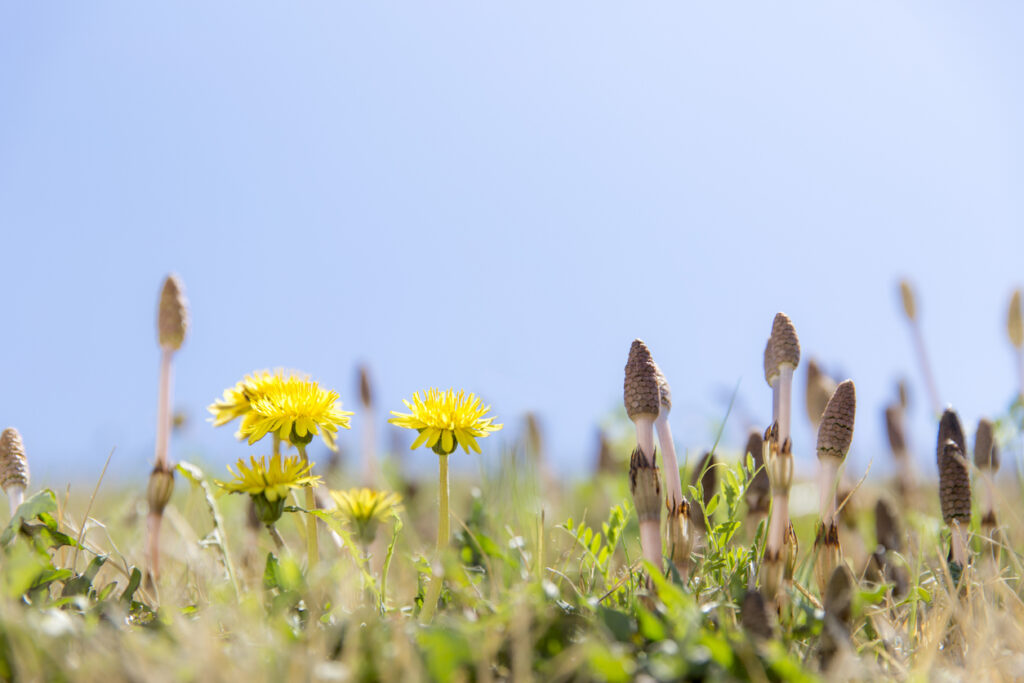
These green survivors haven’t just outlived empires and eras, they’ve done it without reinventing themselves much at all. Their ability to endure climate shifts, mass extinctions, and geological upheaval makes them living fossils, quietly proving that sometimes, nature gets it right the first time. Here are 10 ancient plants that have stuck to the same playbook for millions of years, and are still going strong today.
1. Ginkgo biloba: The ultimate survivor tree
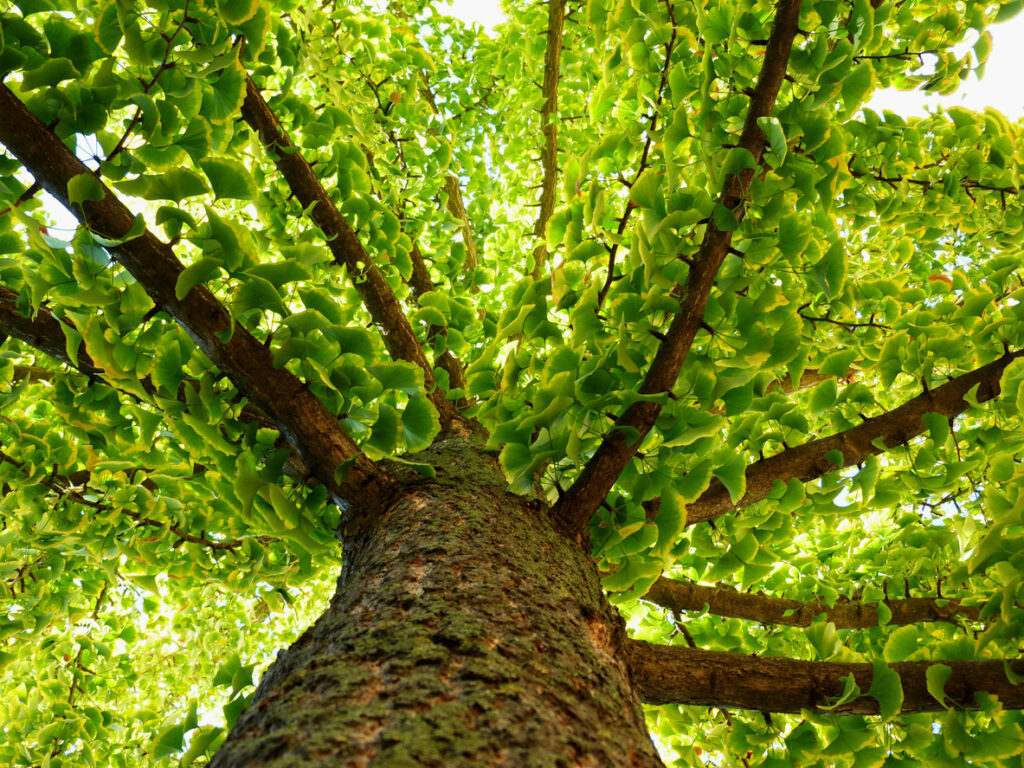
Ginkgo trees have been around for over 200 million years, earning them the nickname “living fossils.” They’ve survived ice ages, continental drift, and the fall of dinosaurs without needing a design update. Even today, ginkgoes are remarkably resilient. They can survive pollution, disease, and even nuclear fallout—several trees famously regrew in Hiroshima after the bombing. Their fan-shaped leaves may look delicate, but their DNA says otherwise.
2. Wollemia: Thought extinct, now thriving in secret
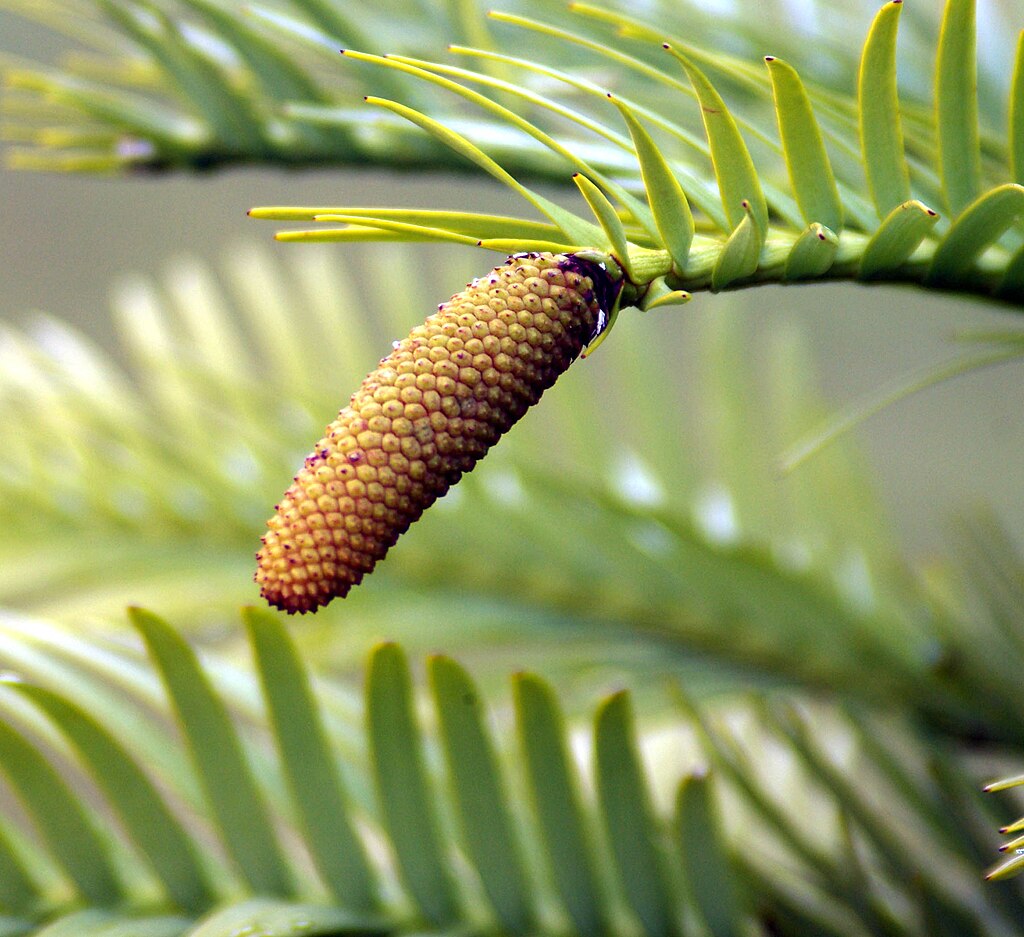
The Wollemi pine was believed to have gone extinct millions of years ago—until a small cluster was found in an Australian gorge in 1994, like something out of a prehistoric survival story. It dates back over 90 million years and has remained almost unchanged. The discovery was so significant that the location is still kept secret to protect it. If plants could sign autographs, this one would be a celebrity.
3. Horsetails: Plants that predate the dinosaurs
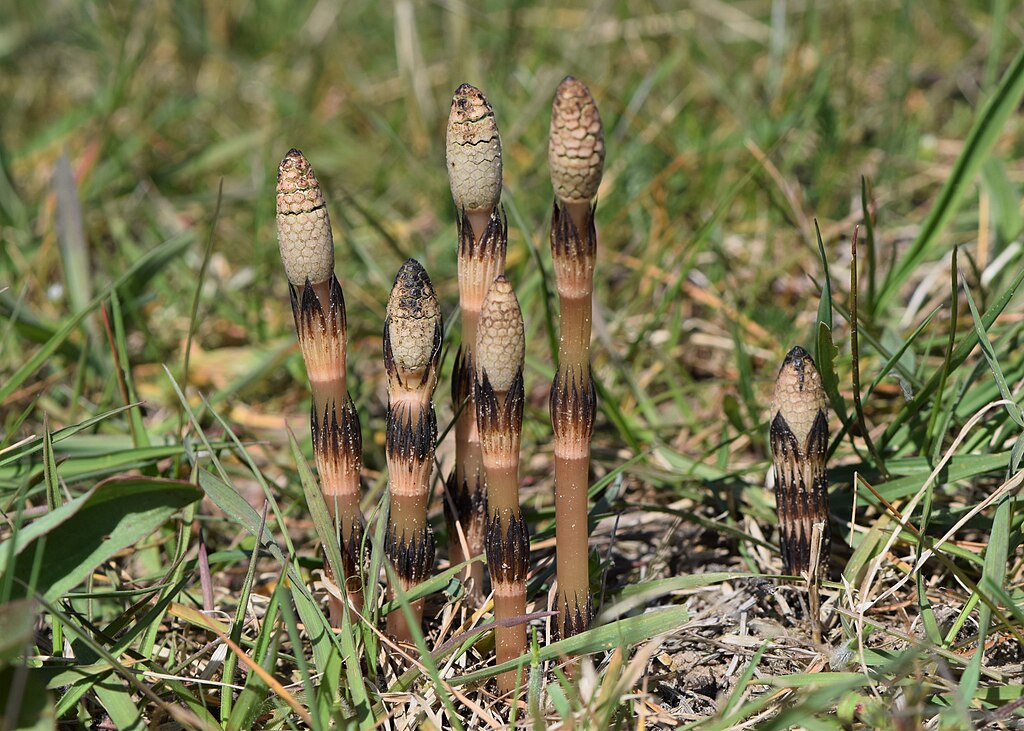
These jointed, bamboo-like plants date back more than 300 million years, when they grew as tall as trees in prehistoric swamps. Today’s horsetails are much smaller but nearly identical in structure to their ancient ancestors. They’re hardy, persistent, and contain high amounts of silica, which made them useful for scouring pots—hence their nickname “scouring rush.” Ancient and practical, a rare combo.
4. Cycads: The original palm lookalikes
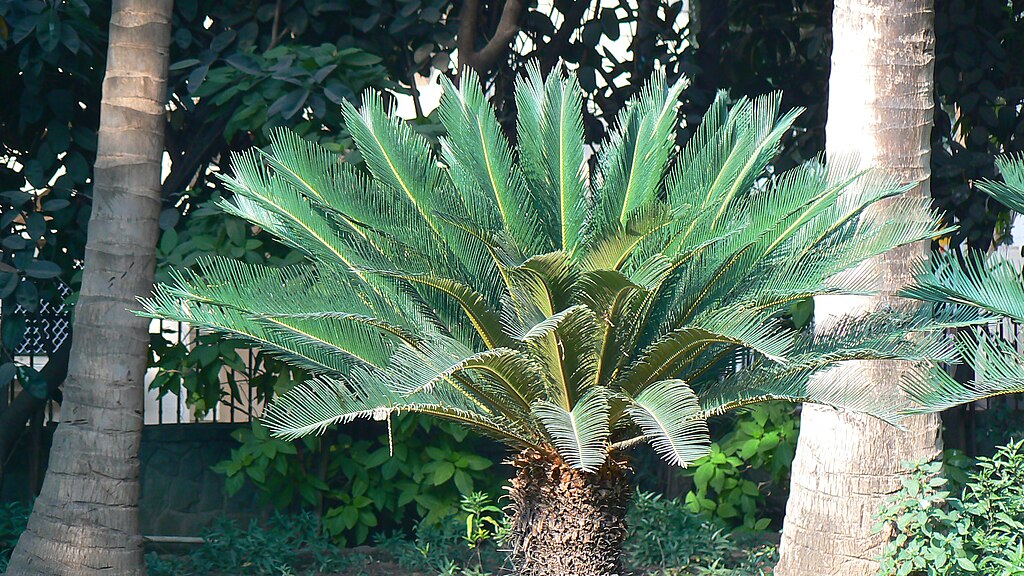
Cycads resemble palm trees, but they’re a completely different group—and they’re way older. These plants were munching on sunlight while dinosaurs roamed, over 280 million years ago. They haven’t changed much since. With thick, woody trunks and stiff, frond-like leaves, cycads are masters of drought survival and slow growth. Ancient doesn’t always mean fragile—in their case, it means built to last.
5. Clubmosses: Older than the first trees
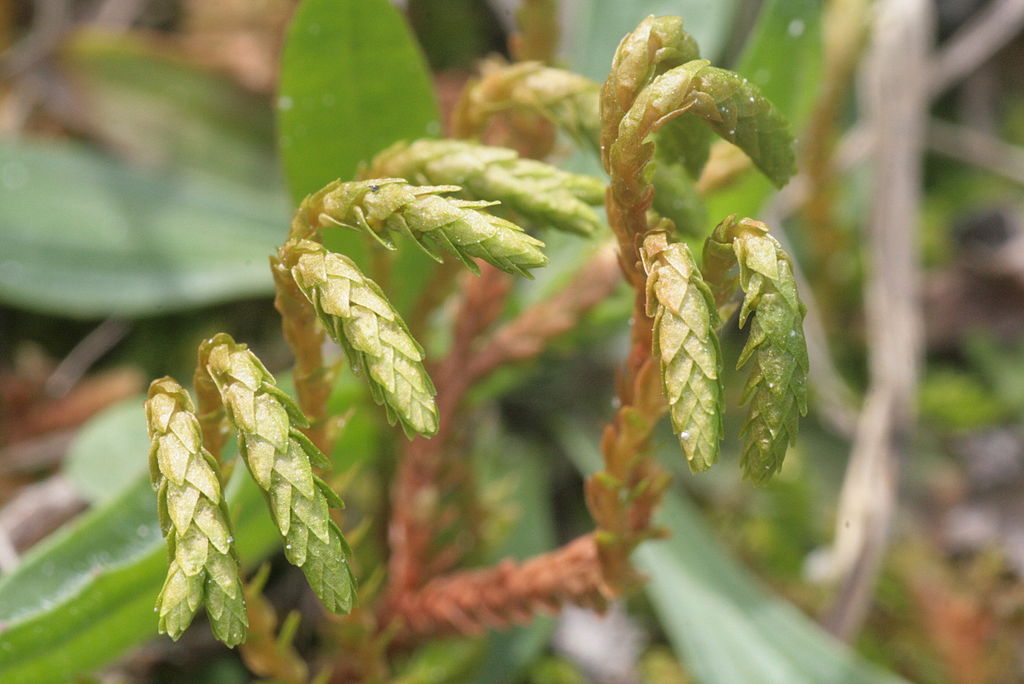
Clubmosses once dominated Earth’s forests before true trees evolved. Some ancient varieties grew up to 30 metres tall during the Carboniferous period, around 350 million years ago. Today, they’re tiny ground-covering plants found in forests and rocky areas. They’re low to the ground now, but genetically and structurally, they’re almost unchanged. Quietly ancient and still showing up in modern ecosystems without fanfare.
6. Dawn redwood: A tree that dodged extinction
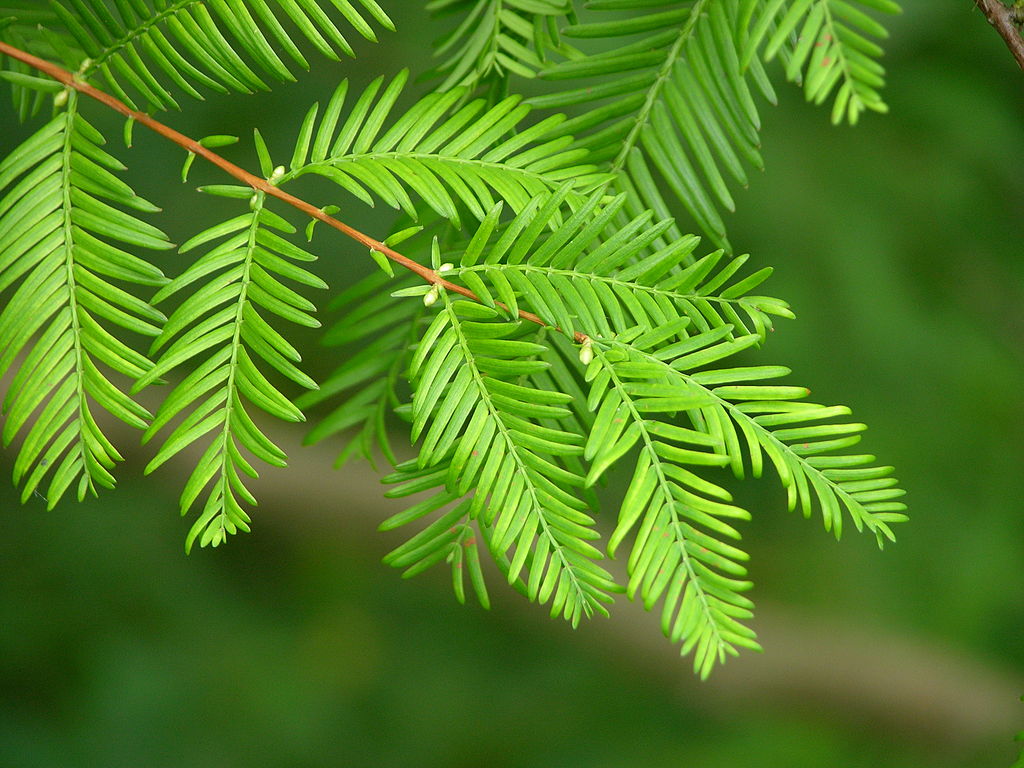
For a long time, the dawn redwood was only known through fossils—until live trees were discovered in China in the 1940s. It’s the botanical equivalent of finding a dinosaur quietly sipping tea in your back garden. It’s a deciduous conifer, meaning it sheds its leaves like a broadleaf tree, which is rare among conifers. And it’s been doing this weird hybrid behaviour for over 150 million years without much change.
7. Liverworts: Earth’s original land plants
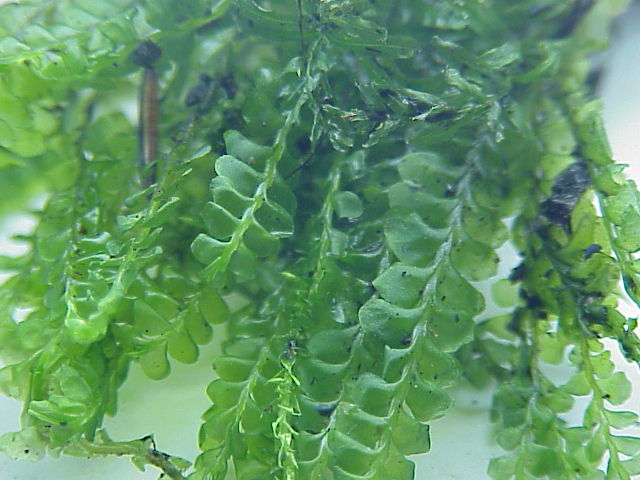
Liverworts were some of the first plants to colonise land, around 470 million years ago. They’re small, flat, and not much to look at—but they were trailblazers, helping to form soil and shape early terrestrial ecosystems. They still grow in damp places today, reproducing with spores instead of seeds. While flashy plants have come and gone, liverworts have quietly been getting the job done since before vertebrates even existed.
8. Bristlecone pines: The Methuselahs of the plant world
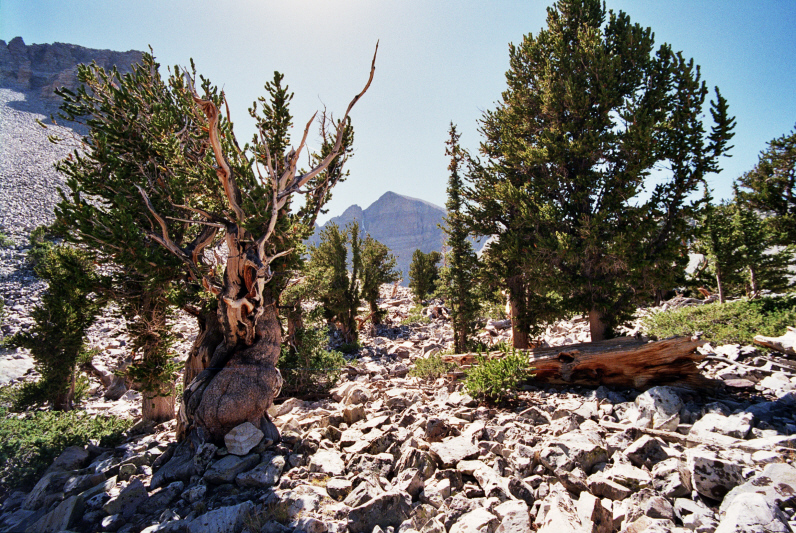
Bristlecone pines don’t just look ancient—they are. Some individual trees are over 4,800 years old, and the species itself has been around for millions. Their secret? Growing painfully slowly in nutrient-poor, windswept environments. They can survive brutal cold, lightning strikes, and extreme droughts, and they keep standing while younger trees die around them. It’s not just longevity—it’s extreme durability in plant form.
9. Ferns: Still thriving since the Paleozoic
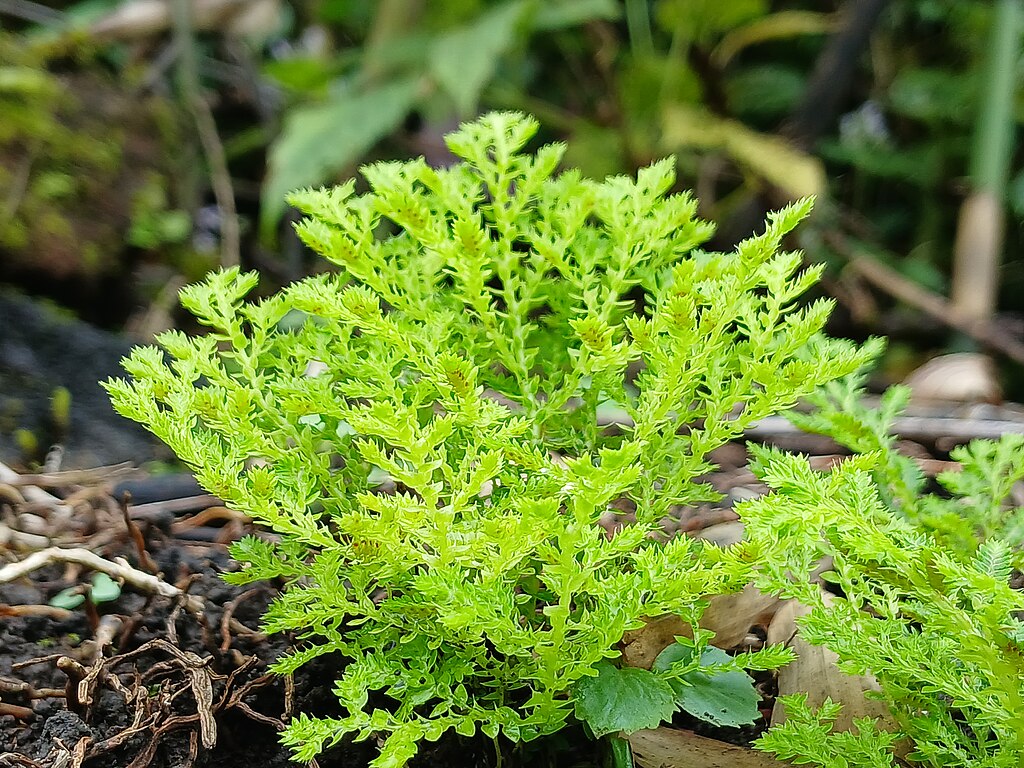
Ferns have been around for over 350 million years. They’ve survived mass extinctions, global climate shifts, and evolving competition by keeping their simple, spore-based reproduction intact. They don’t need flowers or seeds. Their fronds just keep unfurling, generation after generation. You’ll find them in rainforests, cracks in concrete, and bathroom corners—with the same leaf design they had when T. rex was just a dream.
10. Yew trees: Toxic, slow-growing, and ancient
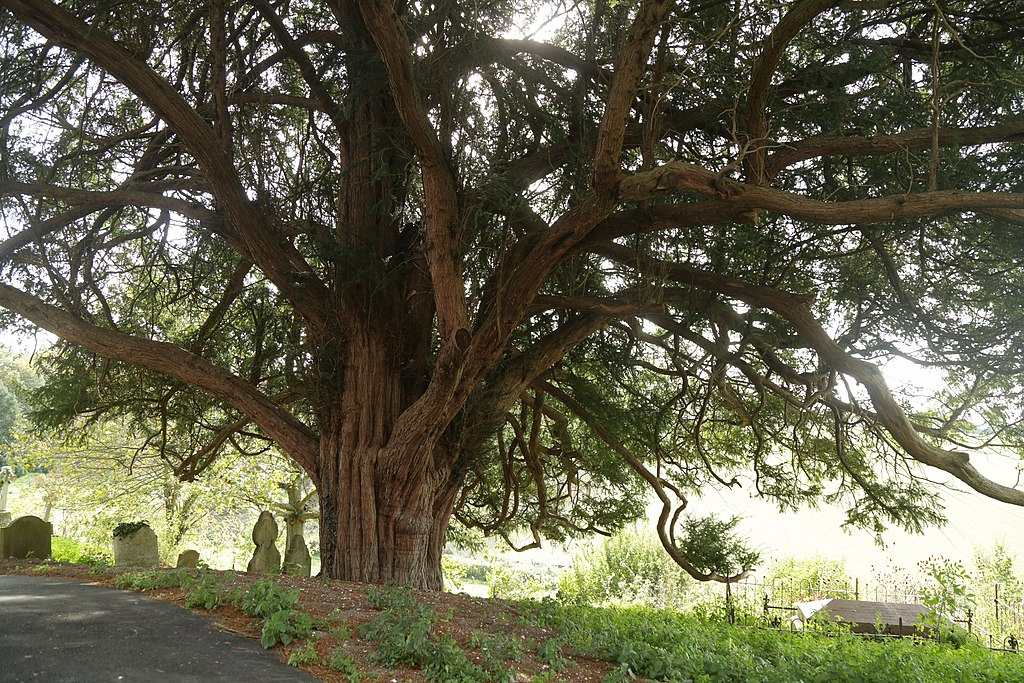
Yew trees have been used by humans for centuries—for bows, medicine, and folklore. But their evolutionary history stretches back over 200 million years. Some individual trees in Europe are estimated to be over 5,000 years old. They grow slowly, live quietly, and can regenerate from their own branches. And while every part of the plant is toxic, it’s also a source of modern chemotherapy drugs. Death and healing wrapped in the same prehistoric package.